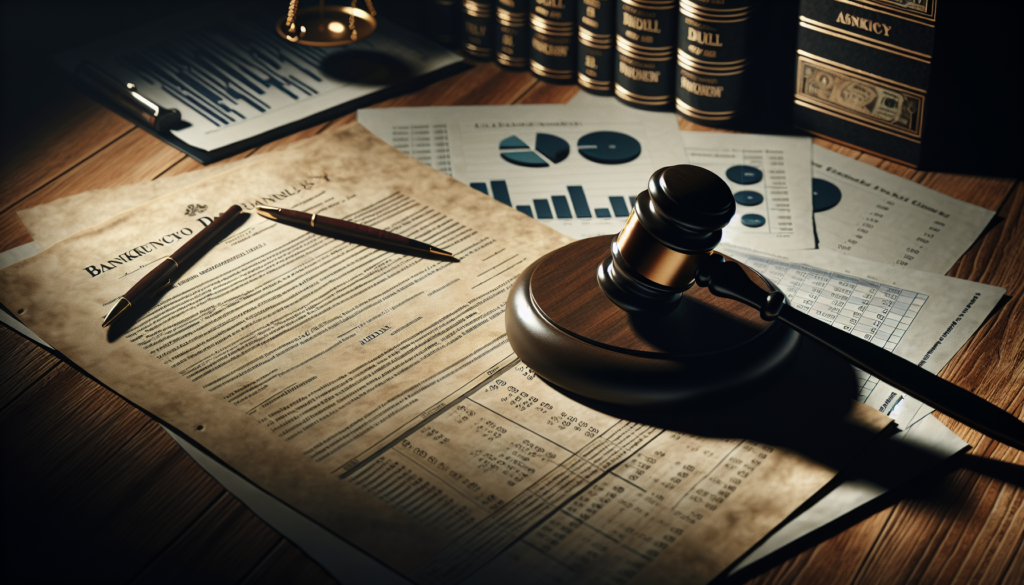
The Chapter 7 bankruptcy process is a legal procedure designed to help individuals and businesses discharge or eliminate their unsecured debts, providing a fresh financial start. This process involves several steps, from pre-filing requirements to the final discharge of debts. Here’s a detailed overview of the Chapter 7 bankruptcy process:
- Determine Eligibility
- Means Test: Individuals must pass the means test, which compares their income to the median income for a similar household in their state. If the income is below the median, they qualify for Chapter 7; if above, they might have to file under Chapter 13 instead.
- Credit Counseling
- Pre-filing Requirement: Before filing, debtors are required to complete a credit counseling course from an approved agency within 180 days before filing. This course aims to ensure that the debtor understands all debt relief options available.
- Prepare and File Bankruptcy Petition
- Documentation: The debtor (or their attorney) prepares and files a bankruptcy petition along with schedules and statements detailing assets, liabilities, income, expenses, and a statement of financial affairs with the bankruptcy court.
- Filing Fee: A filing fee is required, though it can sometimes be waived for those who cannot afford it.
- Automatic Stay Goes into Effect
- Creditor Actions Halted: Immediately upon filing, an automatic stay is issued, stopping most creditors from collecting debts, foreclosing on properties, or repossessing assets.
- Trustee Appointment and Asset Review
- Bankruptcy Trustee: The court appoints a bankruptcy trustee to oversee the case. The trustee reviews the debtor’s paperwork and assets to determine if there are any non-exempt assets that can be sold to pay creditors.
- Meeting of Creditors (341 Meeting)
- Debtor Participation: Around a month after filing, the debtor must attend a meeting of creditors, where creditors can ask questions about the debtor’s finances and the bankruptcy forms filed. It’s rare for creditors to attend, and the trustee conducts the meeting.
- Liquidation of Non-Exempt Assets
- Asset Sale: If the debtor has non-exempt assets, the trustee may sell these assets and distribute the proceeds to creditors. Most Chapter 7 cases are “no asset” cases, meaning the debtor’s assets are protected by exemptions and not sold.
- Eligibility for Discharge
- Debtor Education Course: After the meeting of creditors, the debtor must complete a debtor education course from an approved provider.
- Discharge of Debts: Assuming there are no objections from creditors or the trustee, and the debtor has complied with all bankruptcy requirements, the court typically grants a discharge about 60 to 90 days after the 341 meeting. This discharge eliminates the debtor’s obligation to pay the discharged debts.
- Case Closure
- Final Steps: After the discharge is granted, the bankruptcy case is closed. The debtor is no longer liable for discharged debts, providing a fresh financial start.
Key Considerations
- Non-Dischargeable Debts: Certain debts like student loans, child support, alimony, certain taxes, and debts incurred through fraud are not dischargeable under Chapter 7.
- Impact on Credit: A Chapter 7 bankruptcy remains on the debtor’s credit report for 10 years, affecting the ability to obtain credit, though individuals can start rebuilding credit immediately after discharge.
The Chapter 7 bankruptcy process is complex and can have significant financial implications. It’s often recommended to consult with a qualified bankruptcy attorney to navigate the process effectively and make informed decisions about filing for bankruptcy.

Get a Free Bankruptcy Case Evaluation